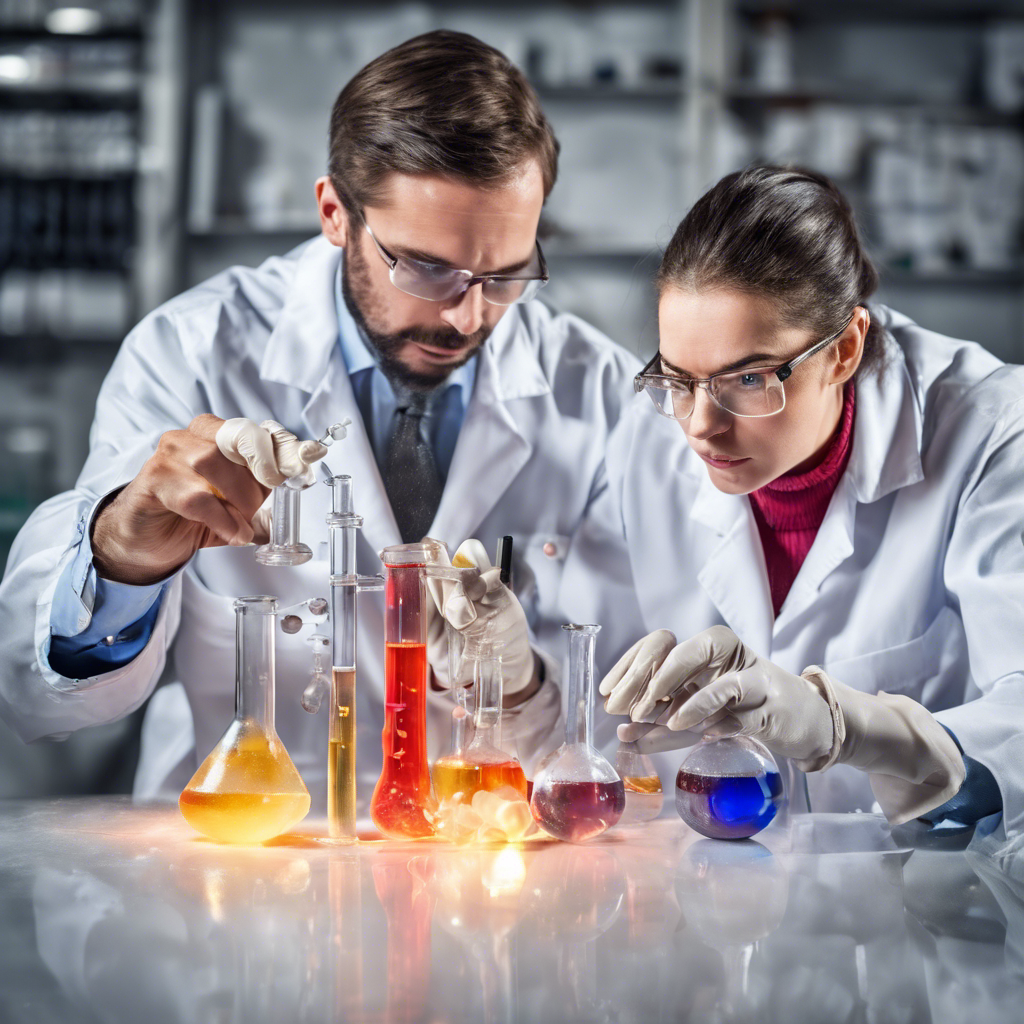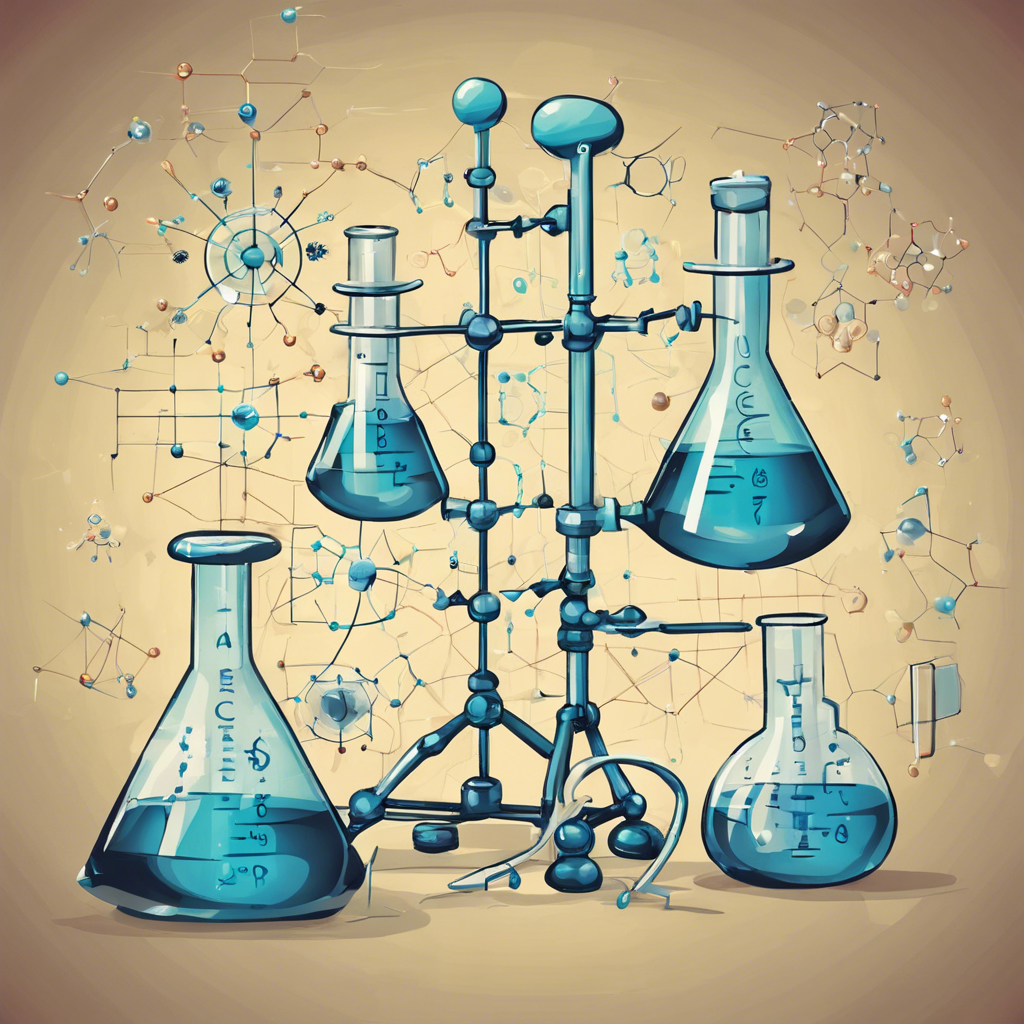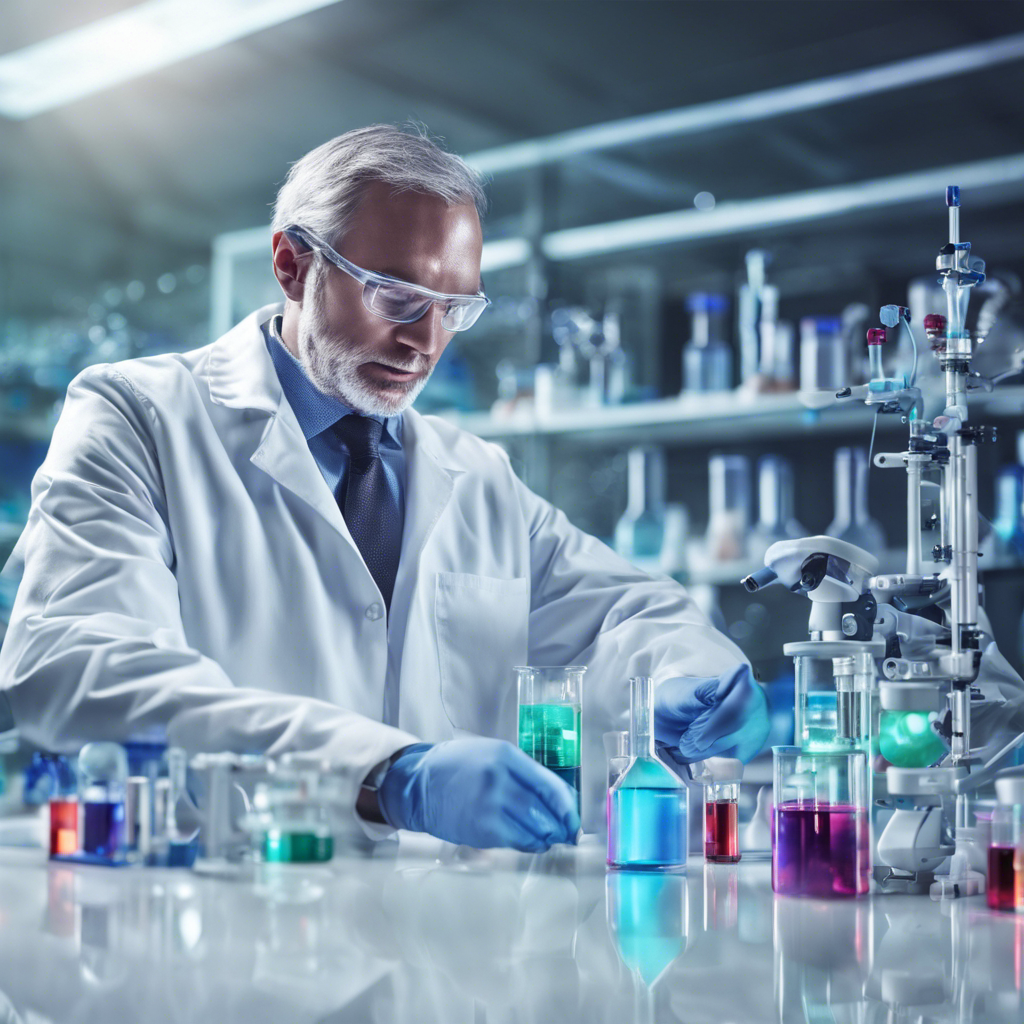How the behavior of chemical bonds changes with temperature and pressure
Chemical bonds are a fundamental concept in chemistry, allowing scientists to understand the behavior of atoms and molecules. However, the nature of chemical bonding can change dramatically under extreme conditions of temperature and pressure. In this article, we will explore how the traditional models of chemical bonding hold up when faced with these challenging conditions. From ultracold temperatures to high-pressure environments, we will delve into the fascinating world of extreme chemical bonding.
Ultracold Chemistry: Exploring Quantum States
At ultracold temperatures near absolute zero, the quantum nature of atoms and molecules becomes prominent. Scientists, such as John Doyle at Harvard University, have successfully cooled large polyatomic molecules to low temperatures to study their behavior. Surprisingly, the traditional models of chemical bonding still hold true at these ultracold conditions. The chemistry that occurs when atoms are very close remains the same as at room temperature.
High-Pressure Bonding: When Things Get Weird
As temperature increases, substances behave differently under pressure. At elevated pressures, the configuration of atoms and the nature of chemical bonding can change dramatically. According to the laws of thermodynamics, a substance at constant pressure adopts the configuration that minimizes its enthalpy. This can lead to unusual bonding arrangements that may seem unfavorable to traditional chemists. However, theoretical models, such as density functional theory, have shown their reliability in predicting high-pressure bonding behavior.
Metallic Mysteries: From Conduction to Insulation
Under high pressure, the concept of metallic bonding becomes more complex. While it was once predicted that all matter would become metallic at sufficiently high pressures, recent research has shown that some metals can actually become insulators. This unexpected behavior has been observed in sodium, which becomes optically transparent at high pressures. Electride bonding, where electrons are captured between ions, is another phenomenon that becomes more prevalent under high pressure.
Superionic States: Conductive Ice and Beyond
Extreme conditions can also give rise to superionic states, where the behavior of atoms and molecules becomes highly unusual. Water, for example, can enter a superionic state at high pressures and temperatures, where the oxygen atoms form a crystalline lattice while the protons flow through it like a liquid. This conductive ice has implications for understanding the magnetic fields of ice giants like Uranus and Neptune. However, measuring the properties of high-pressure samples remains a challenge.
The Quest for Room-Temperature Superconductors
One of the most controversial areas of high-pressure research is the search for room-temperature superconductors. Hydrogen-based compounds, such as hydrogen sulfide and lanthanum hydrides, have shown superconducting behavior at high pressures and temperatures. However, the field has been plagued with disputes and retractions, making it a hot topic of debate among scientists. The race to find ever-higher temperature superconductors continues, with potential applications in various fields.
Conclusion:
Chemical bonding, a cornerstone of chemistry, undergoes significant changes under extreme conditions of temperature and pressure. From ultracold temperatures to high-pressure environments, scientists are uncovering new and unexpected bonding behaviors. While traditional models of chemical bonding still hold true in many cases, the complexities of extreme conditions challenge our understanding and push the boundaries of scientific knowledge. As researchers continue to explore the mysteries of chemical bonding under extreme conditions, the implications for various fields, from quantum computing to planetary science, are yet to be fully realized.











